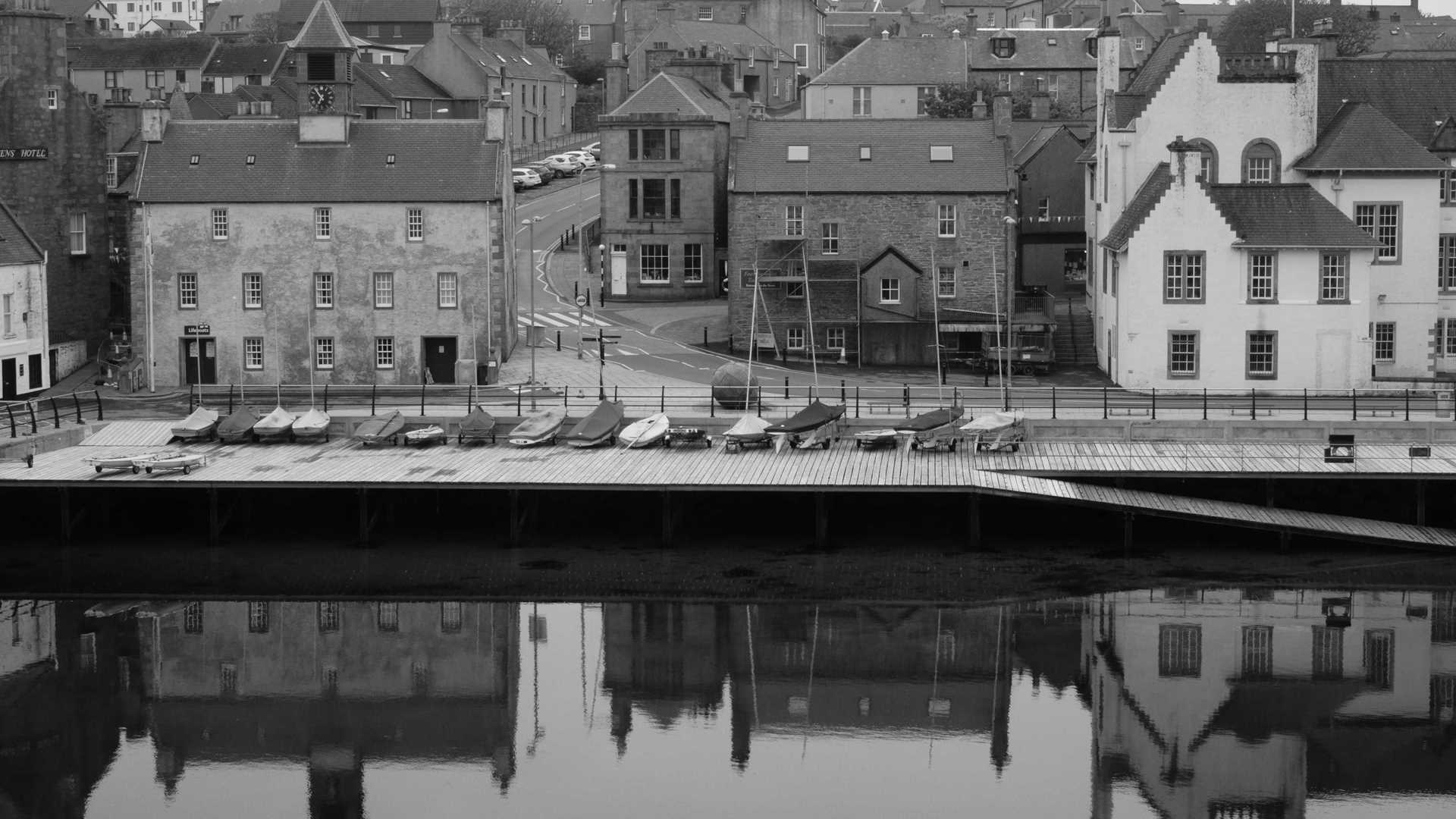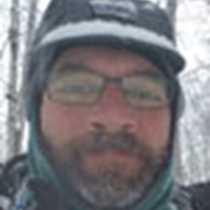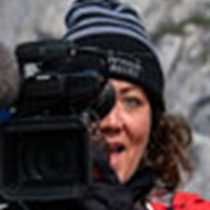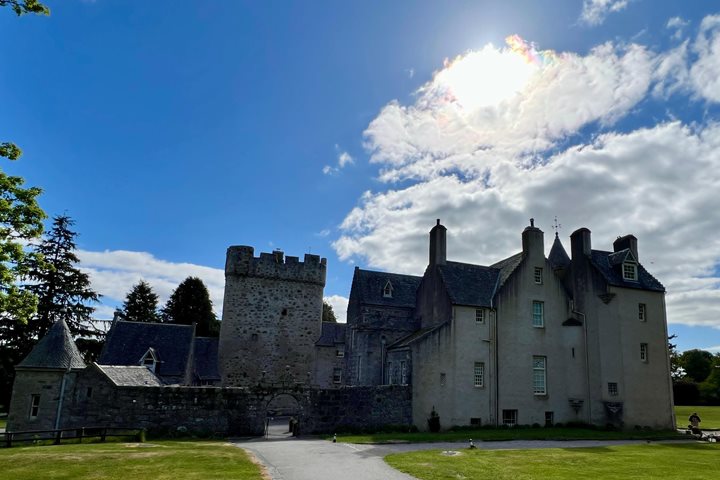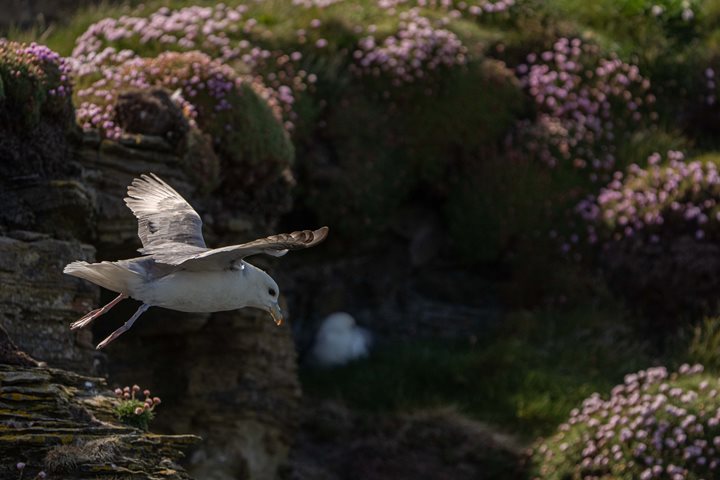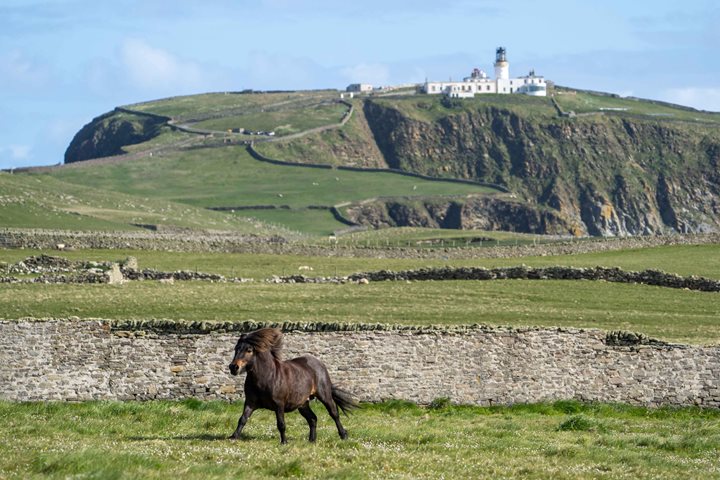The final outing of our expedition before setting sail for Bergen, Norway, was a visit to the archeological site known as Jarlshof, which tells the rich and far-reaching story of more than 5,000 years of human occupation in the South Shetlands. Though Scottish in a contemporary sense, the Shetland Islands were under Norse influence longer than they’ve been Scottish. Reaching back thousands of years into the Neolithic Age, these islands are truly a tapestry of human history. Considered one of the most significant archeological sites in Britain, Jarlshof is a virtual time machine one can stroll through and be swept away through the ages.
Prior to reaching Jarlshof, we made a scenic stop near Sumburgh Head for views of the seabird cliffs, teeming with northern fulmar, kittiwake, common guillemot, razorbill auk, and of course, puffin. One group of intrepid guests opted to make a dramatic entrance to Jarlshof by descending Sumburgh Head on foot and following the seashore, taking time to photograph and enjoy the dramatic seascape. By the end of the morning, we departed with a greater appreciation for deep and lasting roots laid down here by our predecessors.
We spent the remainder of the day with our bearings fixed north toward the port of Bergen, where we’ll conclude this extraordinary voyage.

